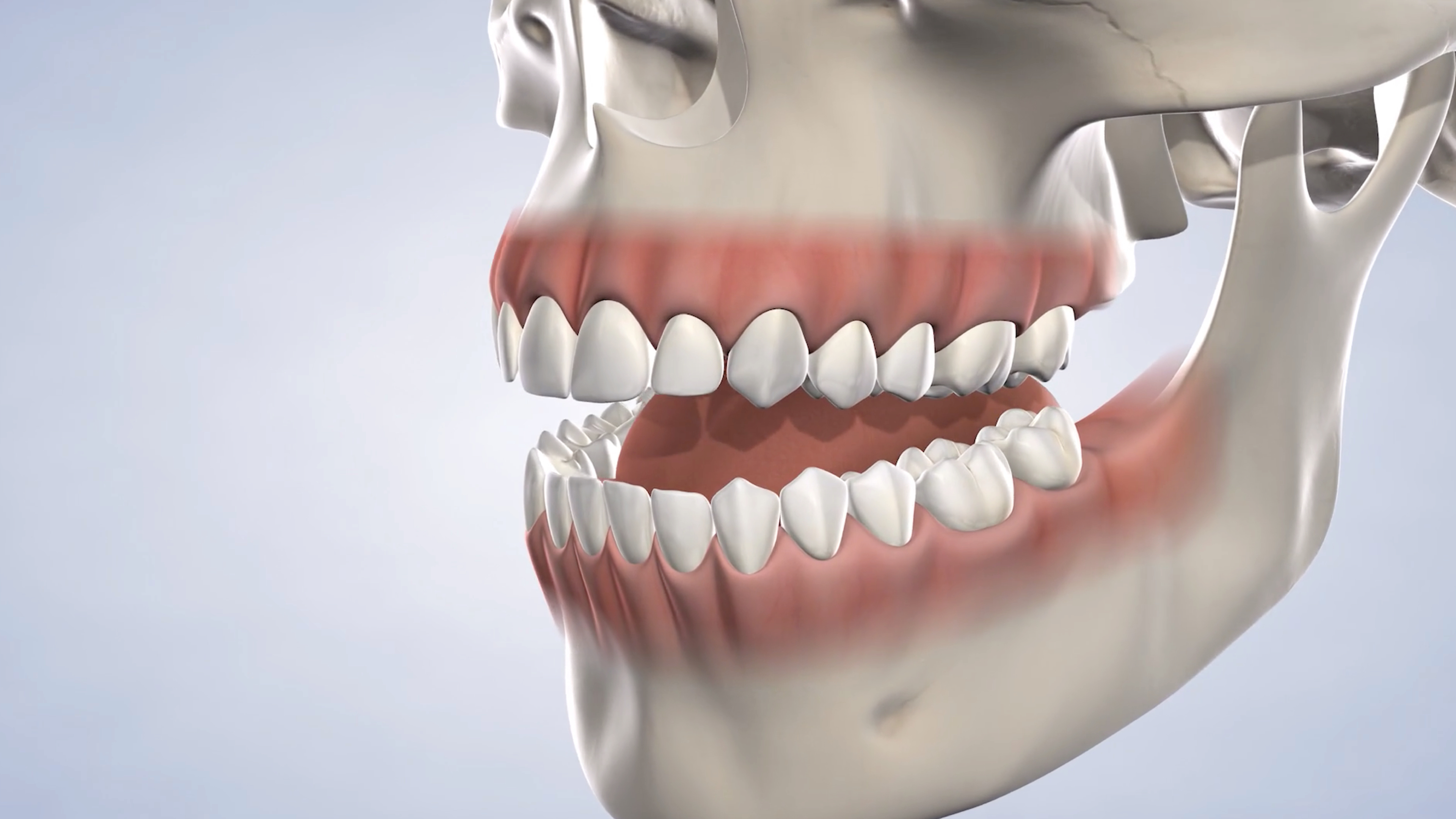Post-Operative Instructions: Possible Occurrences Following Surgery
BACKPAIN: Mild to moderate discomfort following surgery is to be expected. The pain is usually worse on the second or third day following surgery, but can persist for up to 1 week. If your pain persists after 1 week, please call our office for a post-operative evaluation.
BLEEDING: Bleeding is a normal occurrence after any surgery. Biting down on gauze and applying pressure to the site where the tooth was removed is the best treatment. Please apply pressure for 30 minutes and then change the gauze as needed until the bleeding stops. If heavy bleeding persists, contact the office.
SWELLING/BRUISING OF THE FACE: Swelling and bruising occurs after most surgical procedures. It is usually more pronounced when more complicated procedures have been performed (e.g., removal of impacted teeth or multiple teeth).
INFECTION: Infections are uncommon in healthy patients, but occasionally occur. You can minimize the likelihood of infection by taking all antibiotics prescribed, avoiding smoking, brushing your teeth and performing salt water rinses as directed. Signs of infection include fever, worsening pain 3 days after surgery or later, swelling, or bad taste or bad smell in the mouth. If these symptoms occur, please call our office.
VEIN PAIN/DISCOLORATION: Occasionally, the vein used to administer intravenous drugs becomes irritated or swollen. The affected vein may become hard and discolored and be tender for several weeks or months. Consult this office if you have a vein problem after anesthesia.
NUMBNESS (paresthesia or anesthesia): Operations are often performed very close to the nerves. The post-operative swelling may cause numbness or tingling of the chin or lip. This condition is most often temporary and usually corrects itself. It may remain anywhere from a few days to several months.
SORE THROAT: A sore throat can occur after third molar surgery. It usually will improve in a day or two by gargling with salt water.
FEVER: A slight fever for 24 to 48 hours after surgery is common. If it persists or is over 101 degrees, consult our office.
BONE FRAGMENTS: Small, sharp pieces of bone occasionally form in the surgical areas, loosen, and work through the gum. These fragments, which are not roots, usually work out of their own accord. However, if you need our assistance, please call our office and make an appointment to have them removed.
STIFFNESS (trismus): The inability to move the jaw easily after surgery is a common occurrence. It usually is a result of swelling. Exercise and chewing gum are aids to limbering up the muscles involved. If stiffness is severe and associated with a fever, consult our office.
NAUSEA: Nausea and vomiting are common side effects following anesthesia. Drink small sips of clear liquids (Sprite® and ginger ale) every 30 minutes if this problem occurs. Eating food before taking your pain medication may help to prevent nausea.
SINUS PRECAUTIONS: If you have been told that you have a sinus exposure, the following precautions should be taken:
- DO NOT BLOW YOUR NOSE. If you need to, use a decongestant or a nasal spray.
- No straws may be used for 1 week.
- No smoking.
- No spitting.
- Take any antibiotics prescribed as directed.
Call our office if you experience the following:
- Recurrence of swelling
- Prolonged difficulty opening your mouth
- Unpleasant odor or taste
- Persistent nausea/vomiting
- Excessive bleeding
NOTE TO PATIENT'S ESCORT:
If the patient has received out-patient general anesthesia, it is most important that you, the escort, watch the patient carefully for 6 hours afterwards. He or she should not be allowed to drive or even to walk around unescorted until the next day. The anesthesia can result in slow reactions for 12 hours or sometimes even longer.
No prescription will be refilled after office hours. If you feel that you are going to run out of medication, please call from 9:00 AM–4:00 PM for refills.
We Are Here To Help
Please contact our office if you have any questions or issues with these instructions.
